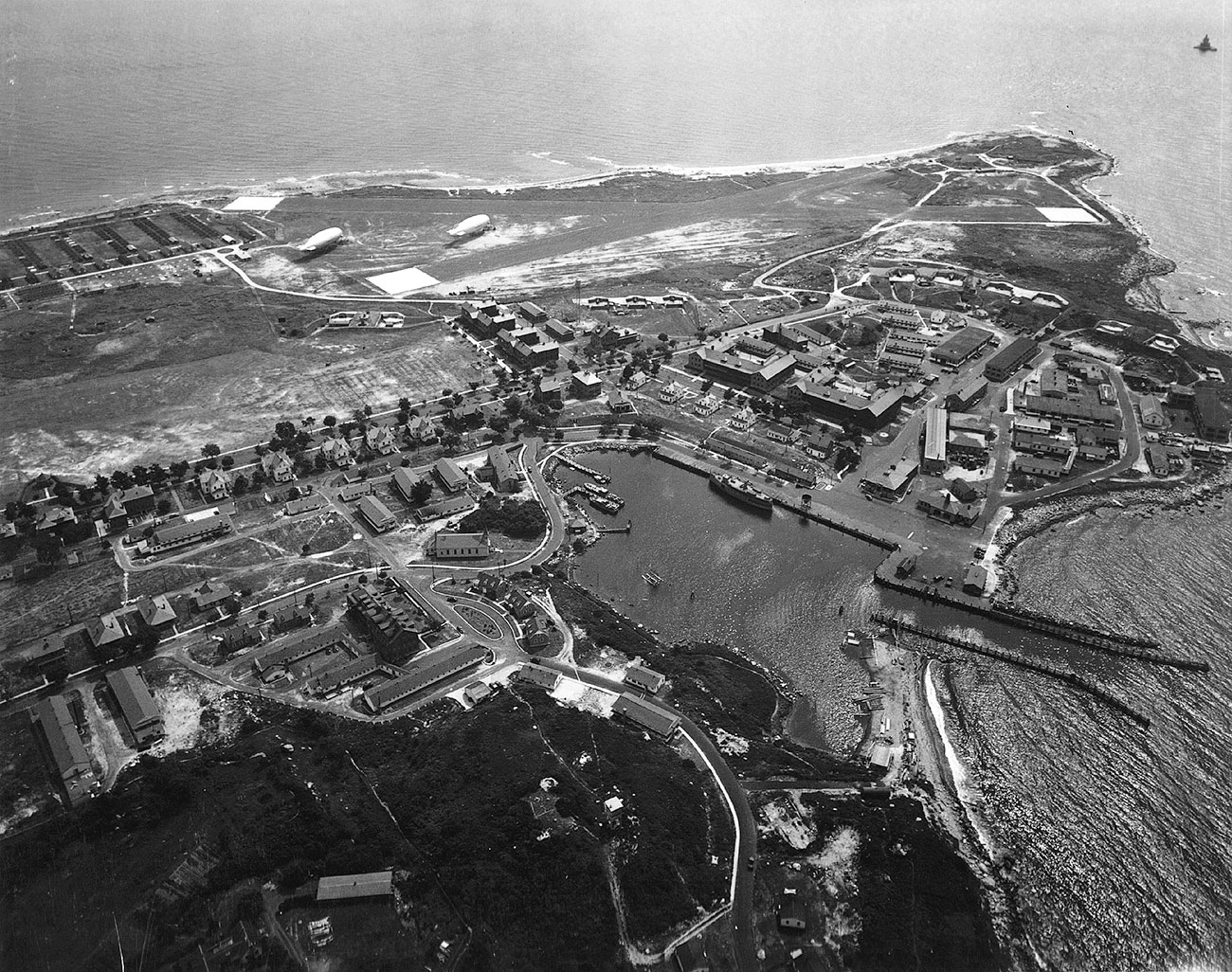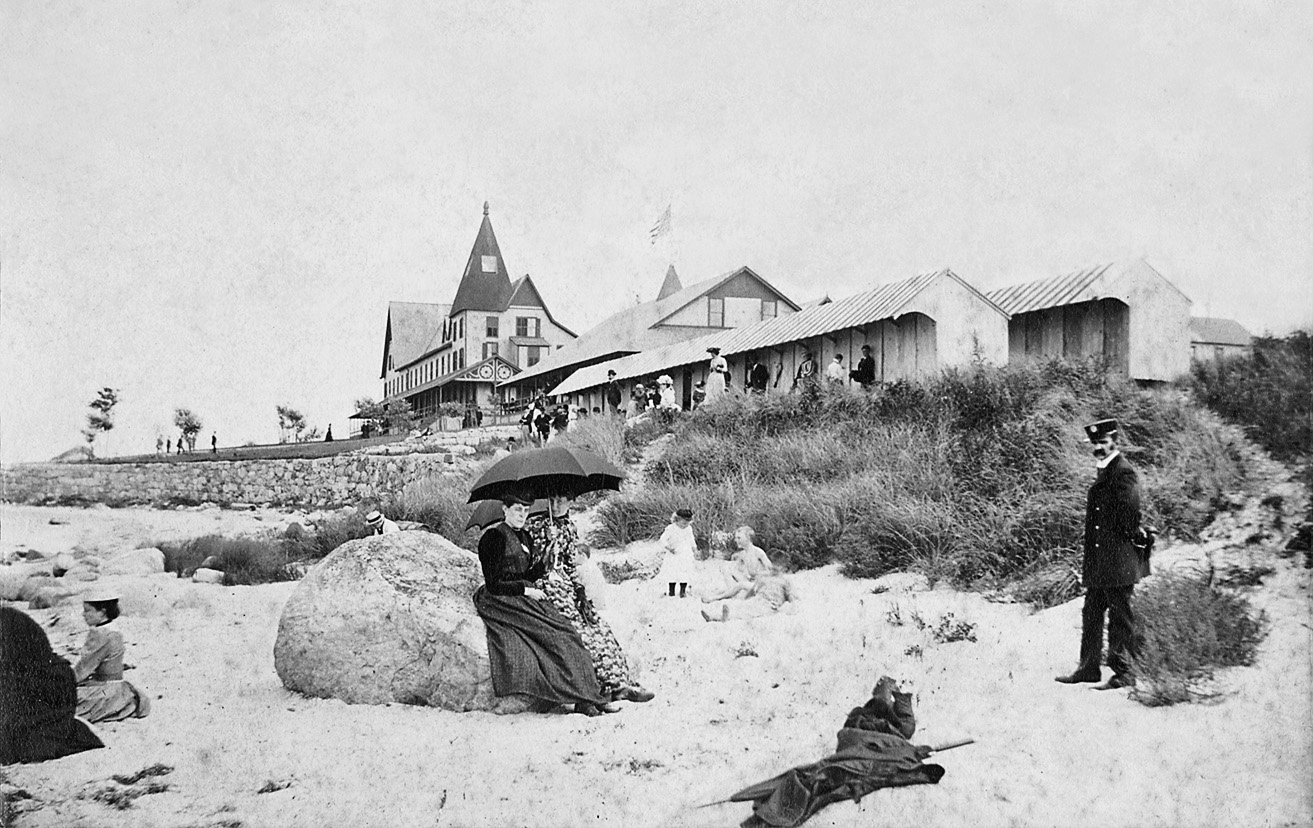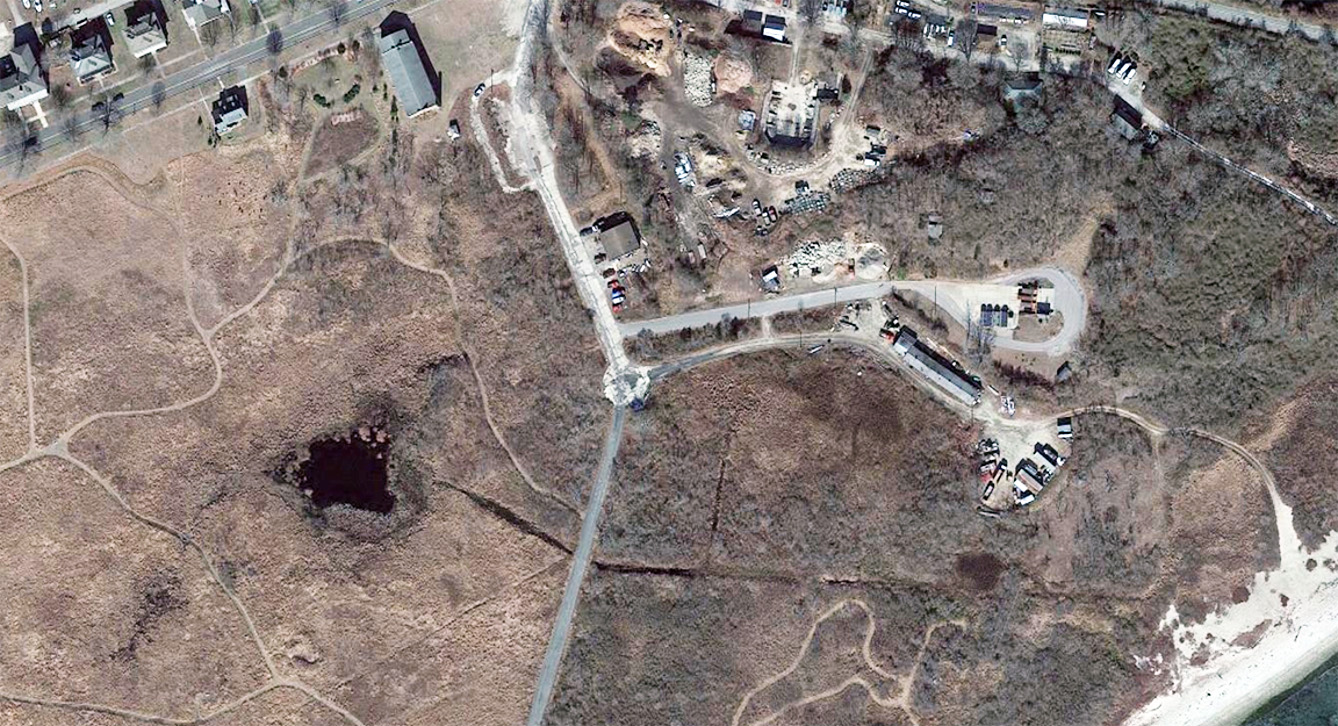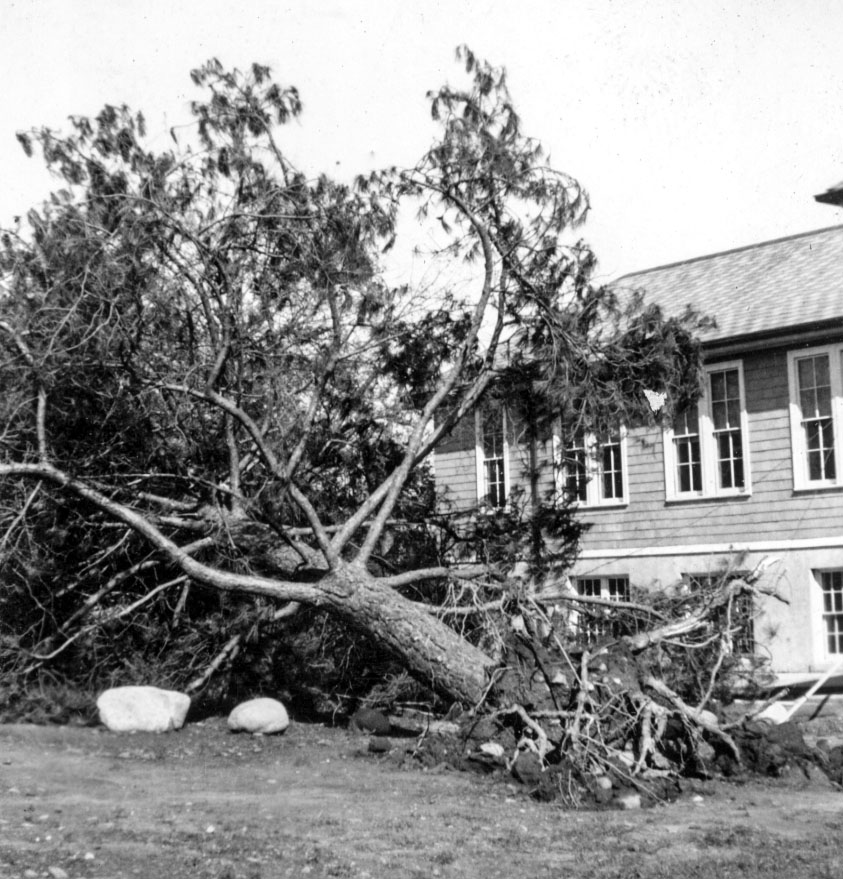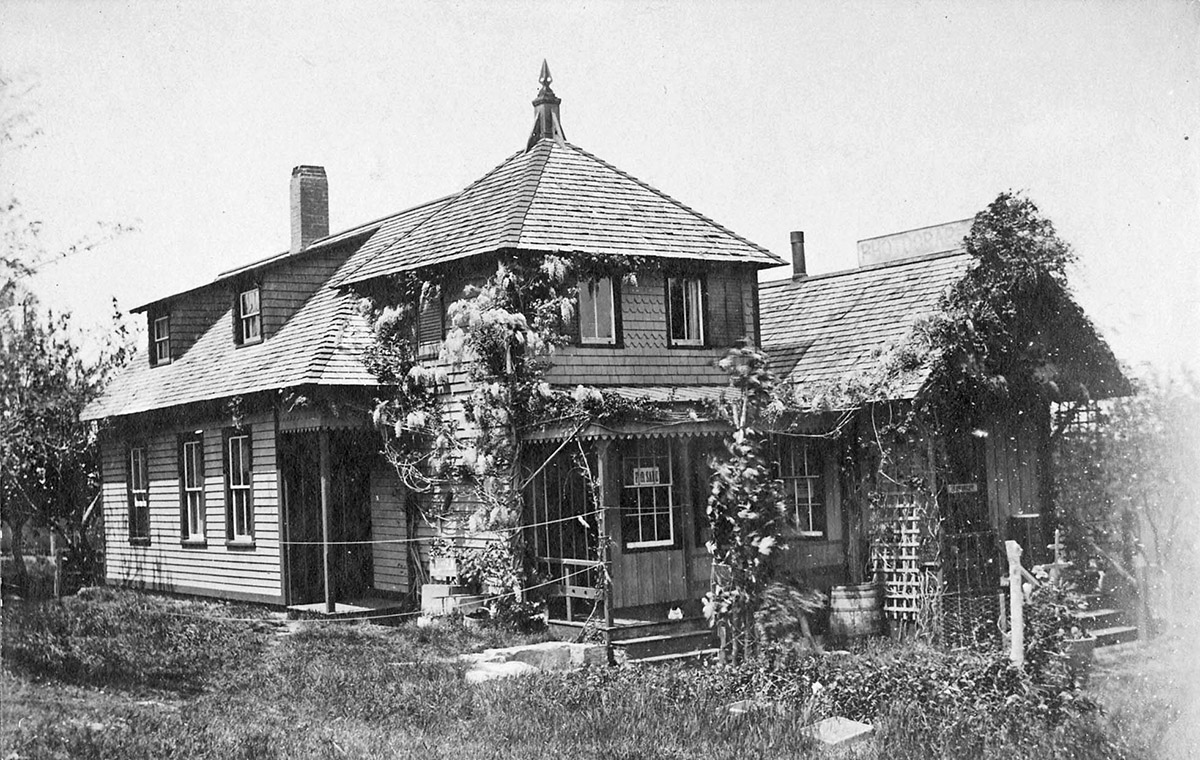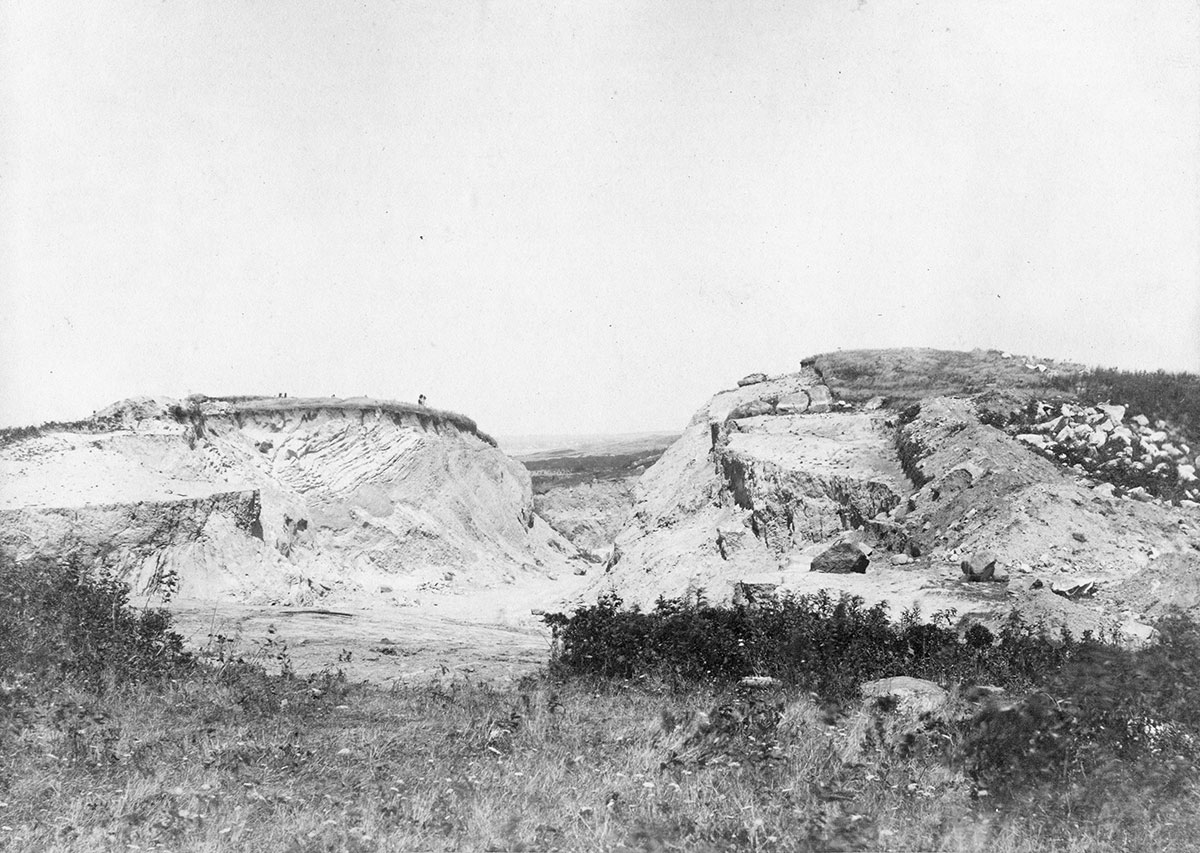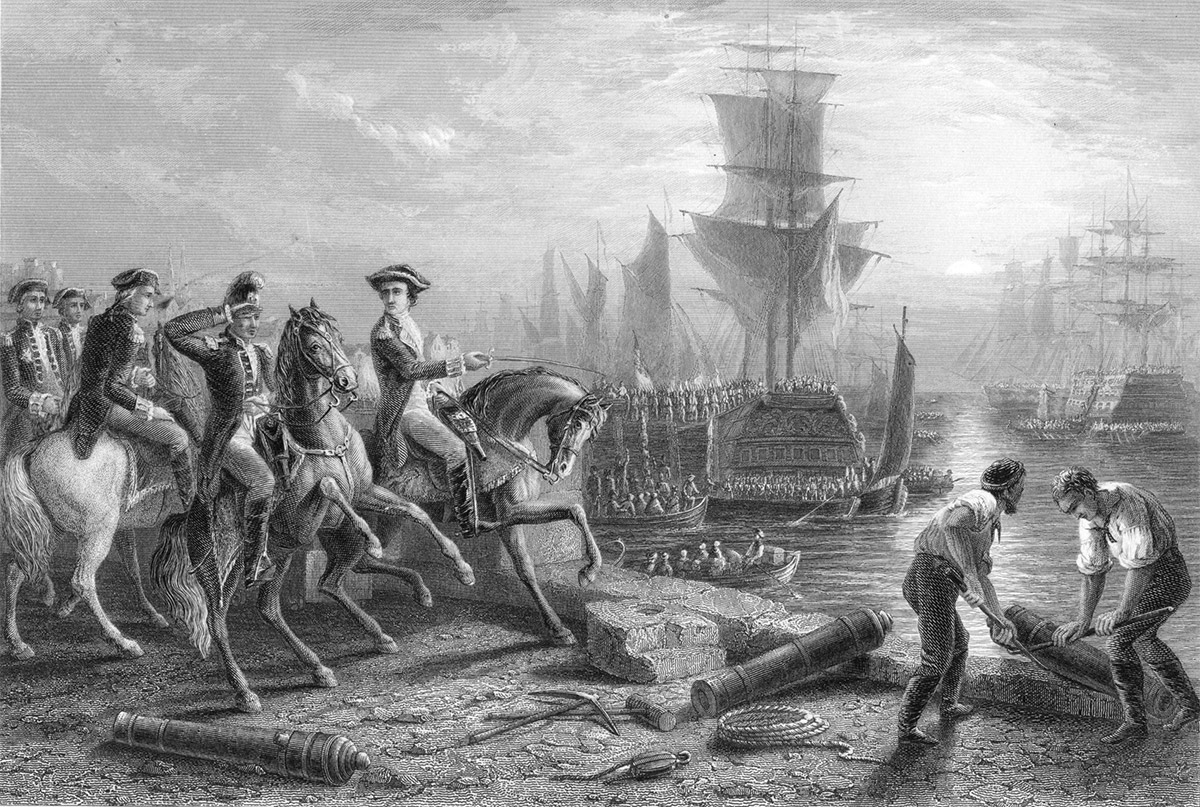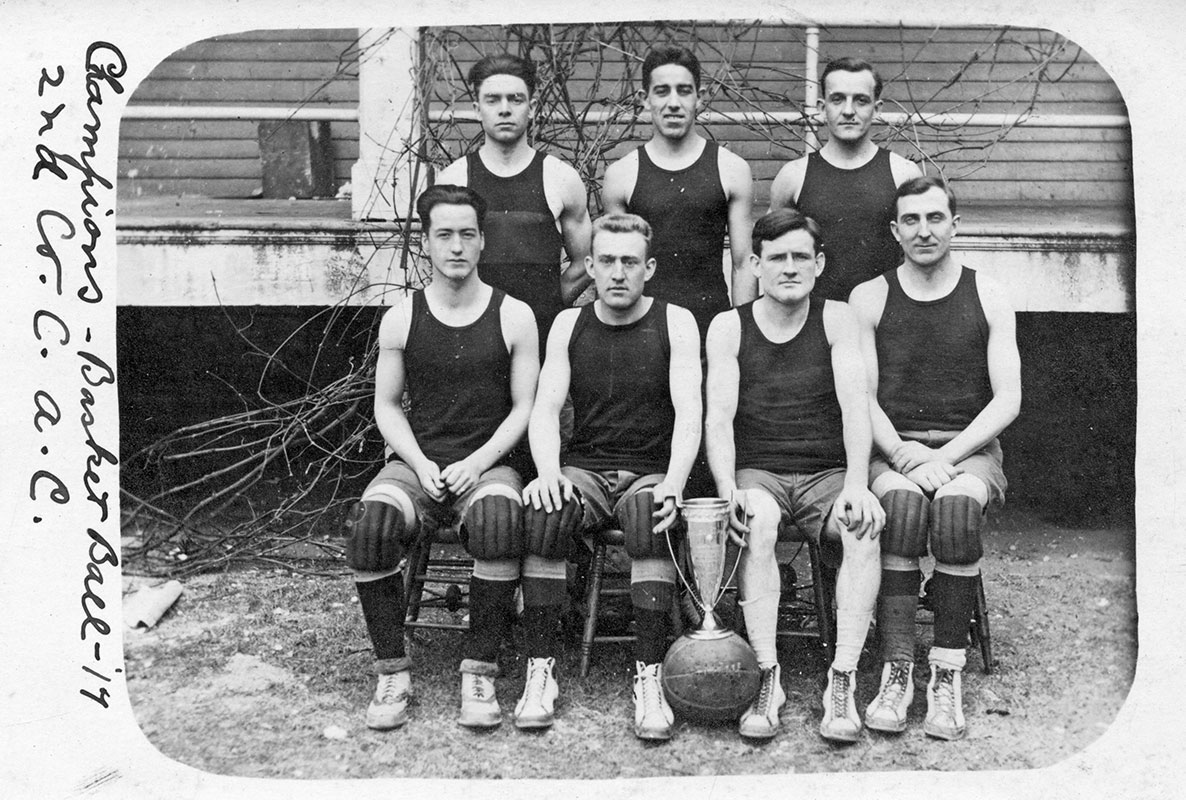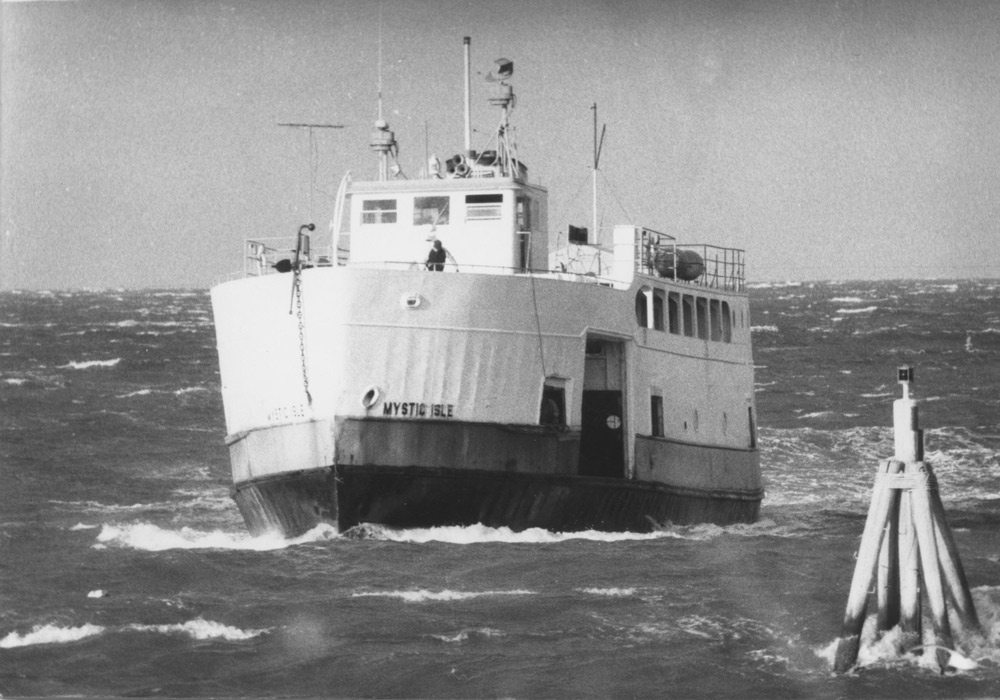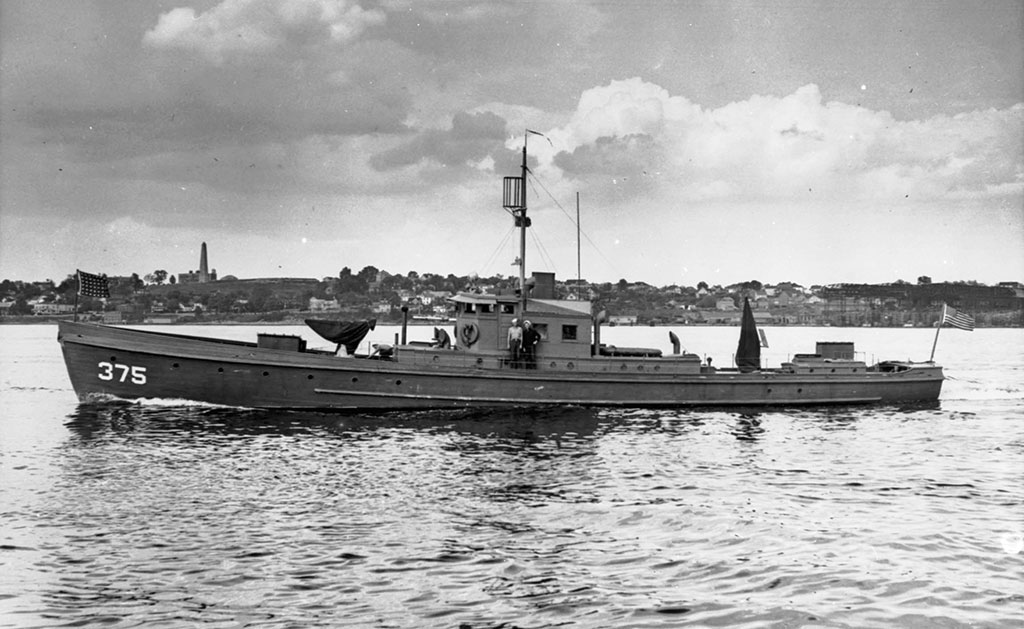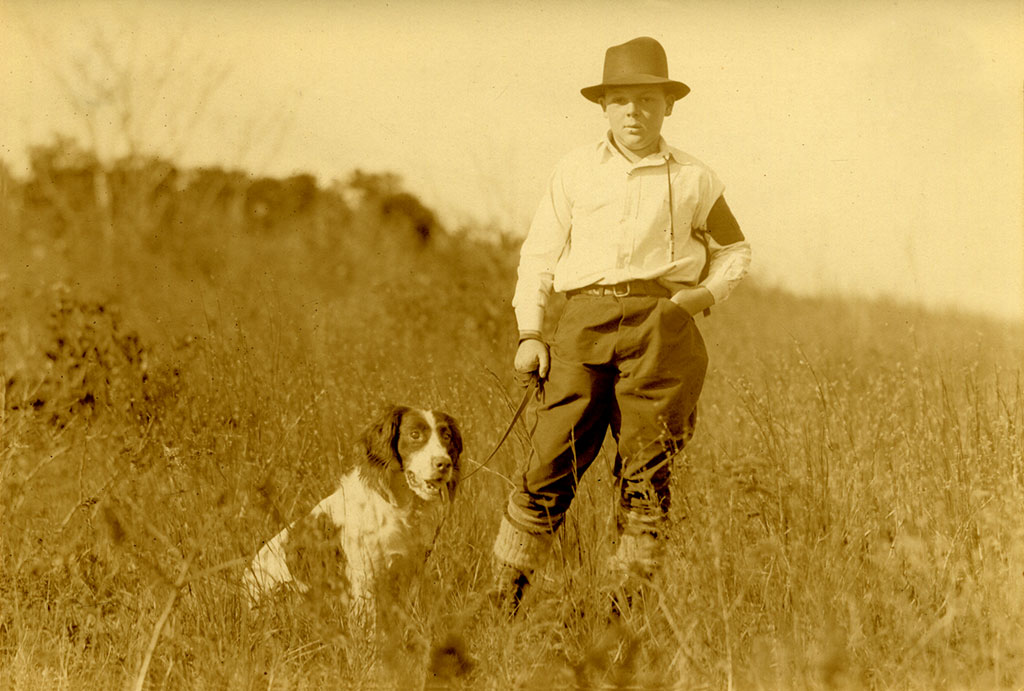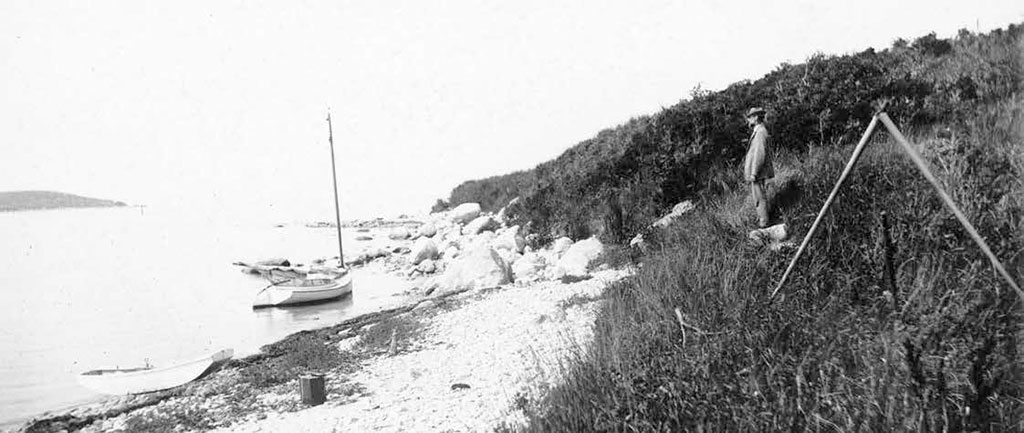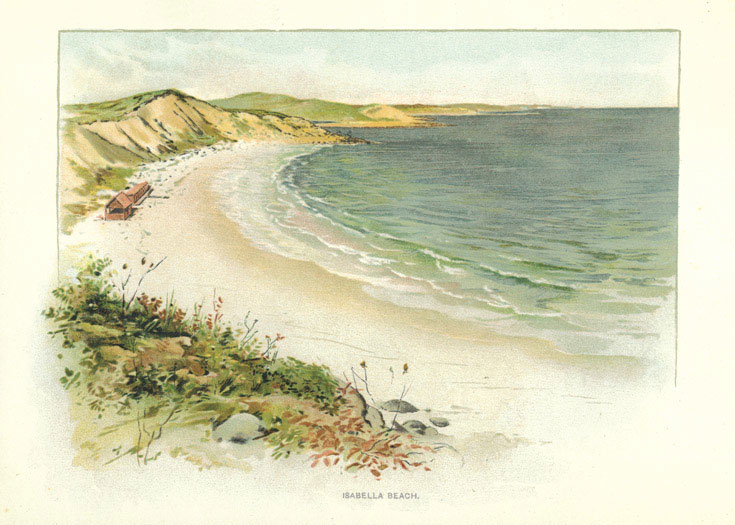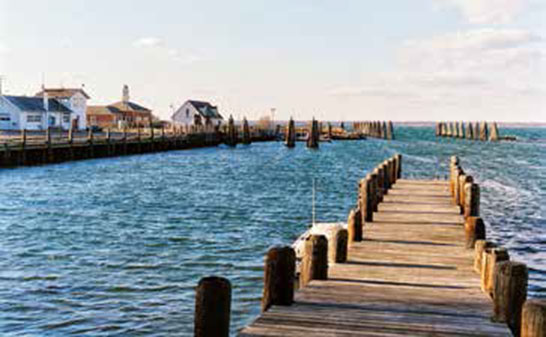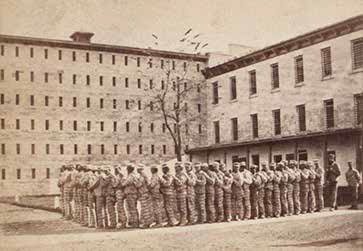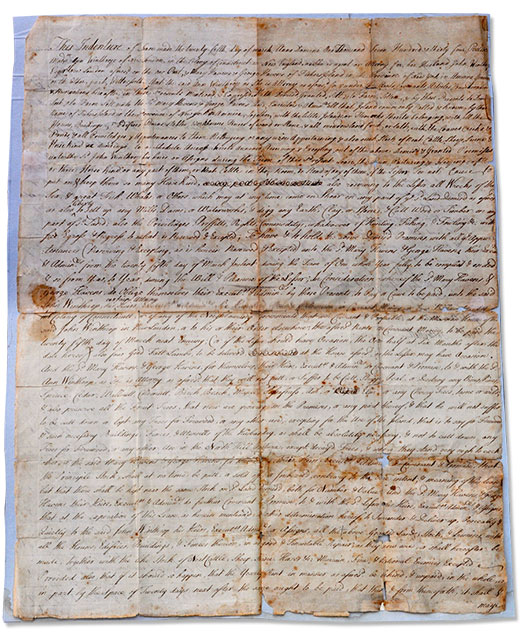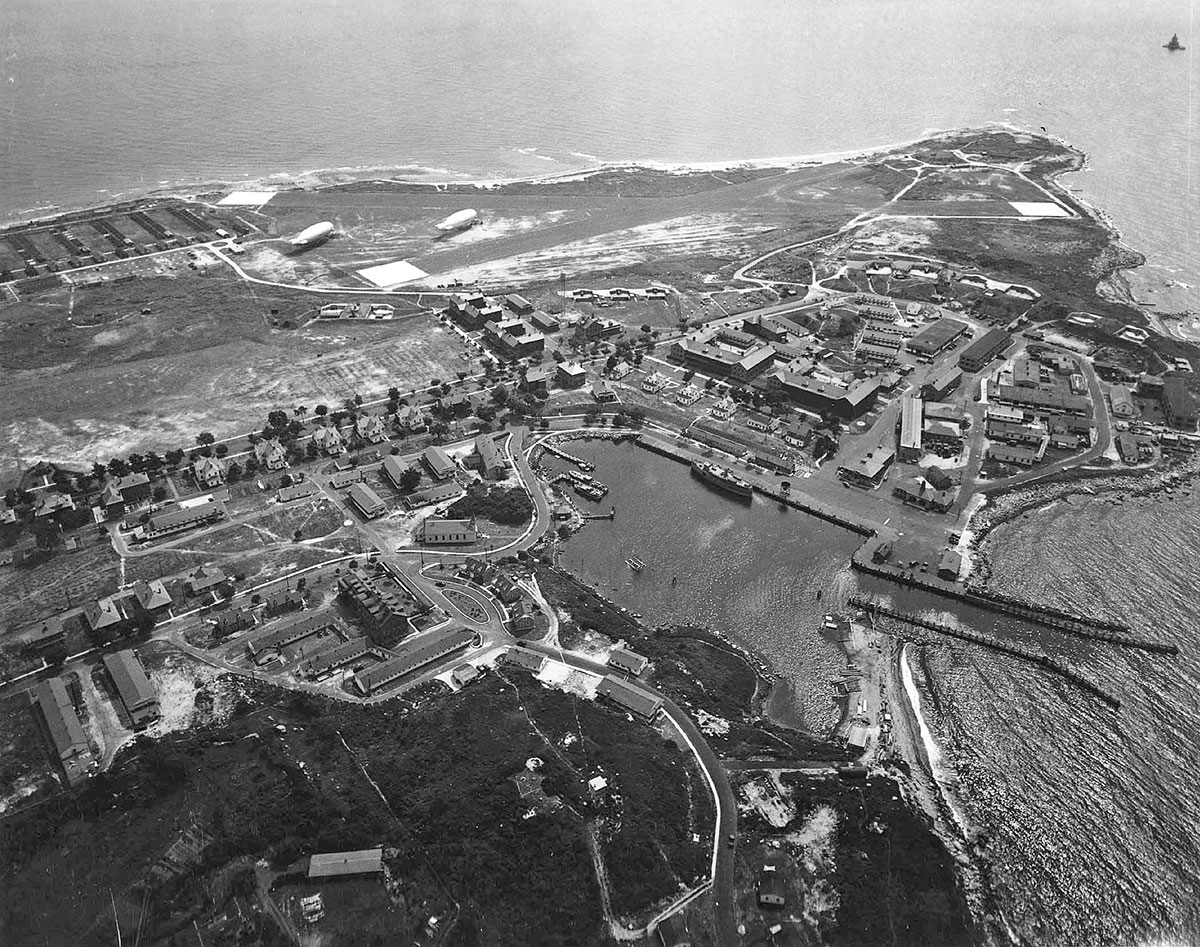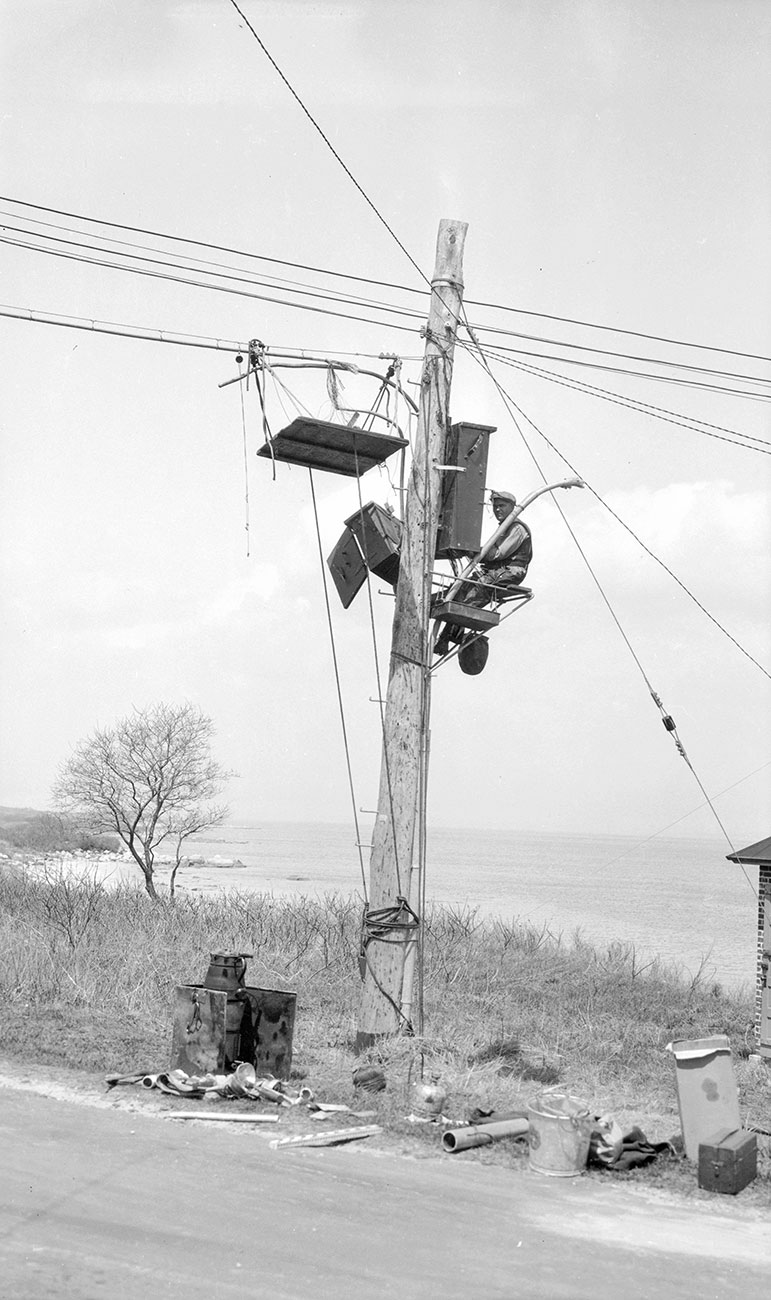Island History at the Museum
In January 1967, Museum Curator Charles B. Ferguson sent out an appeal to all Fishers Island residents for historical material. He wrote: “The inclusion of old Island memorabilia would serve both to preserve safely the fragile items now scattered among residents and heirs and also to broaden the scope of the museum.”
Although references were made to the importance of having historical items in the Museum’s collection at the outset of our founding in 1960, it was not until 1966 that the Board of Trustees unanimously approved establishing a Fishers Island Historical Collection to be added to the existing archaeological and natural history collections.
When Charles B. Ferguson sent out his appeal in 1967, the response was immediate, positive and widespread. The numerous historical artifacts, photographs and documents that were donated in the period following the appeal form the core of the History Collection. Under the able stewardship of Mary Russell and Marie L. “Happy” Gaillard, the Historical Committee of the HLFM organized the collection. Since becoming director in 2004, Pierce Rafferty has focused on expanding the History Collection and actively seeks new donations of artifacts from both on-Island and off-Island sources. In addition to historical objects, the History Collection includes extensive files of photographs, postcards, news clippings, company records, ephemera, deeds, maps and magazines, all relating to Fishers Island. Director Rafferty hopes that as the volume of historical records is fully accessioned this important collection will function as the institutional memory of Fishers Island.
The Museum’s History Gallery is organized both chronologically and thematically. Its various exhibits trace the history of Fishers Island since European settlement and reveal a vanished world of farms, forts, hotels, and excursion boats that will seem quite foreign to those familiar with today’s Island. Also introduced to the visitor are the three families who successively owned Fishers Island and controlled its development for almost three centuries: the Winthrops, the Foxes, and the Fergusons. Their decisions and policies shaped the Island in ways both large and small that still resonate today.

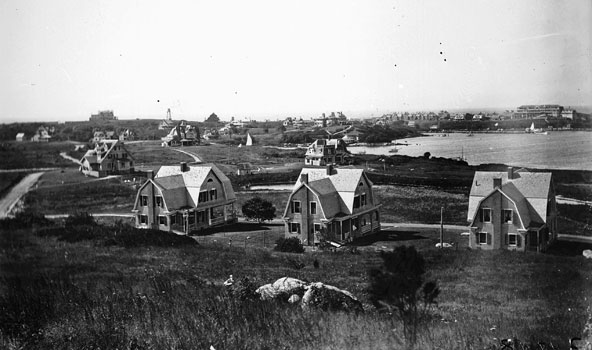
A Brief History of Fishers Island Since European Discovery
– by Pierce Rafferty, Director, The Henry L. Ferguson Museum
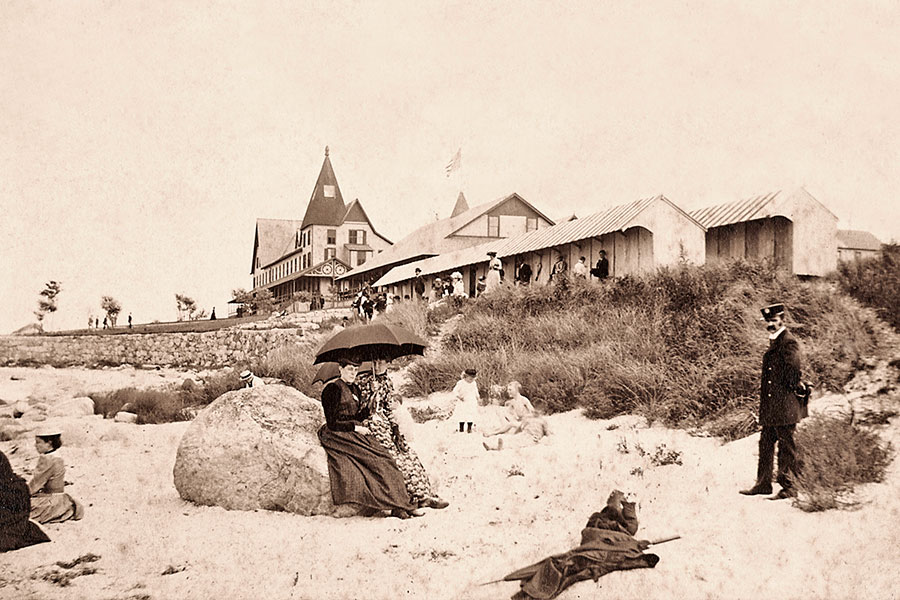
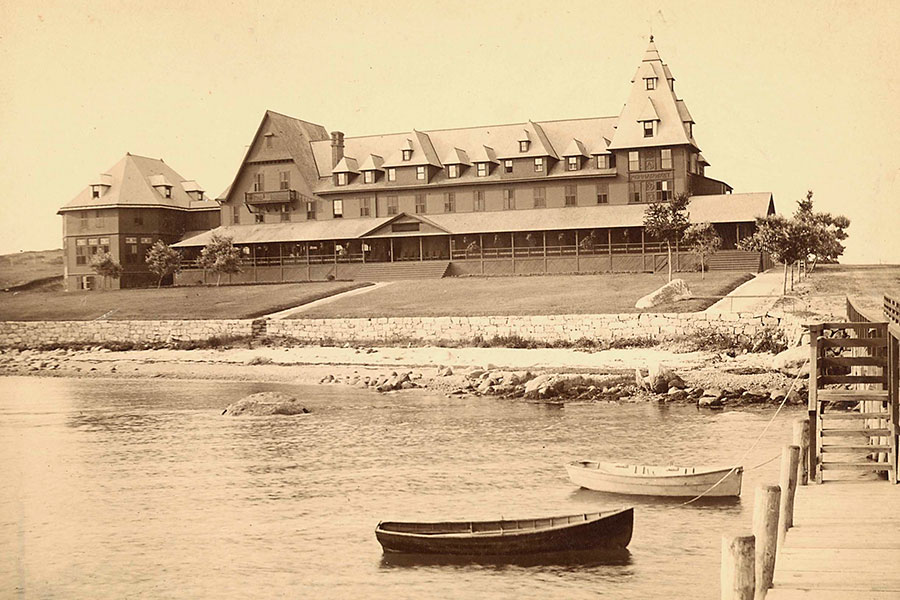
After European discovery by Dutch fur trader Adriaen Block in 1614, Fishers Island was first settled in the 1640s by John Winthrop, Jr., the son of the founder of the Massachusetts Bay Colony. The younger Winthrop saw the Island’s promise as an offshore livestock plantation and sanctuary. For six more generations the land was passed down within the Winthrop family and utilized primarily for raising cattle and sheep for stock and dairy farming purposes. In 1863, the last of the Winthrop owners fell on hard times and sold the undivided property to Robert R. Fox, a successful manufacturer and merchant of cotton duck based in New York City. His goal was to retire to the island and restore the largely abandoned farms to their former grandeur.
After the unexpected death of Mr. Fox in 1871, his widow and the executors of his estate began the process of turning the island into a seaside resort. The first land lots were sold to individuals beginning in 1876. By the early 1880s, a small town center had formed, a fishing community was thriving, and a tourist hotel had been built at the western end of the island. Soon large steamers were bringing hundreds of excursionists to Fishers Island for a day filled with clambakes, sports activity, dancing and drinking. This brief tourist period came to a halt in 1889 when Edmund & Walton Ferguson, two successful businessmen and bankers, purchased 9/10ths of Fishers Island from the Fox heirs for the sum of $250,000. They received the entire island in return excepting 101 small lots that had already been sold to individuals. The two brothers bought out and shut down the tourist hotel and proceeded to develop the island as a family-based resort with new cottages and new hotels that catered to seasonal visitors. The Ferguson brothers financed a navigation company, a water works, and an electric power plant as part of an overall infrastructure worthy of a first class resort.
In the mid-1920s, Henry L. and Alfred L. Ferguson, representing the second generation of Ferguson owners, turned their attention to the eastern two-thirds of the island, land that had been utilized almost exclusively for farming and sporting purposes before that date. They hired Frederic Law Olmsted, Jr., the son of the legendary designer of Central Park, to draw up a plan for a private residential development (“the park”) covering the eastern-most 1,800 acres. They also hired golf course architect Seth Raynor to design an 18-hole golf course on the Island’s eastern tip. The new Fishers Island Corporation opened its grand clubhouse and its golf course on July 1, 1926. However, the Crash of 1929 slowed down development and today there are still only approximately 245 metered residences and living units within the private “park” and 404 on the more fully developed western end.
Today all the grand hotels are gone and no single family owns the land, but Fishers Island remains a very private resort that seeks no publicity, discourages tourism, and nourishes its relatively quiet pace of life. There are approximately 235 year-round residents, a number that swells to between two and three thousand seasonal visitors in the summer months. There is a pre-K to 12th grade school with approximately half of the students comprised of mainland students commuting from New London to Fishers Island. There is a volunteer fire department and a volunteer EMT squad, both with pressing need for more members. Blessed with a history of single family ownership that kept the island relatively undeveloped, today’s residents actively strive to preserve that legacy. The Henry L. Ferguson’s Land Trust receives donations of properties and conservation easements from residents seeking to protect Fishers Island from future development and to increase the Island’s wildlife sanctuaries.
Although Fishers Island lies just off the Connecticut coast and is tied by ferry service to that state, it is politically a hamlet of the Town of Southold, NY, at the eastern end of Long Island. This unusual arrangement can be traced to the Duke of York’s 1664 land patent, a document that trumped Connecticut’s prior claims to the 2,688-acre island. The bitterly disputed boundary line wasn’t finally settled until 1879.
Fort H.G. Wright, a U.S. Army coast defense facility, was established at the Island’s extreme western tip in 1900 and remained active through World War II.
